Growing up in Pilar, Bataan, mornings always meant fresh pandesal from the neighborhood bakery and a jar of homemade coco jam that my lola kept on the kitchen counter. I still remember sneaking extra spoonfuls when she wasn't looking: that rich, golden sweetness was so delicious.
When I moved away, I thought I'd have to settle for store-bought versions until I realized how incredibly simple it is to make at home. This recipe uses just two ingredients and takes only 35 minutes, but it captures that exact same creamy, caramel-like flavor that made every breakfast feel special.
Jump to:
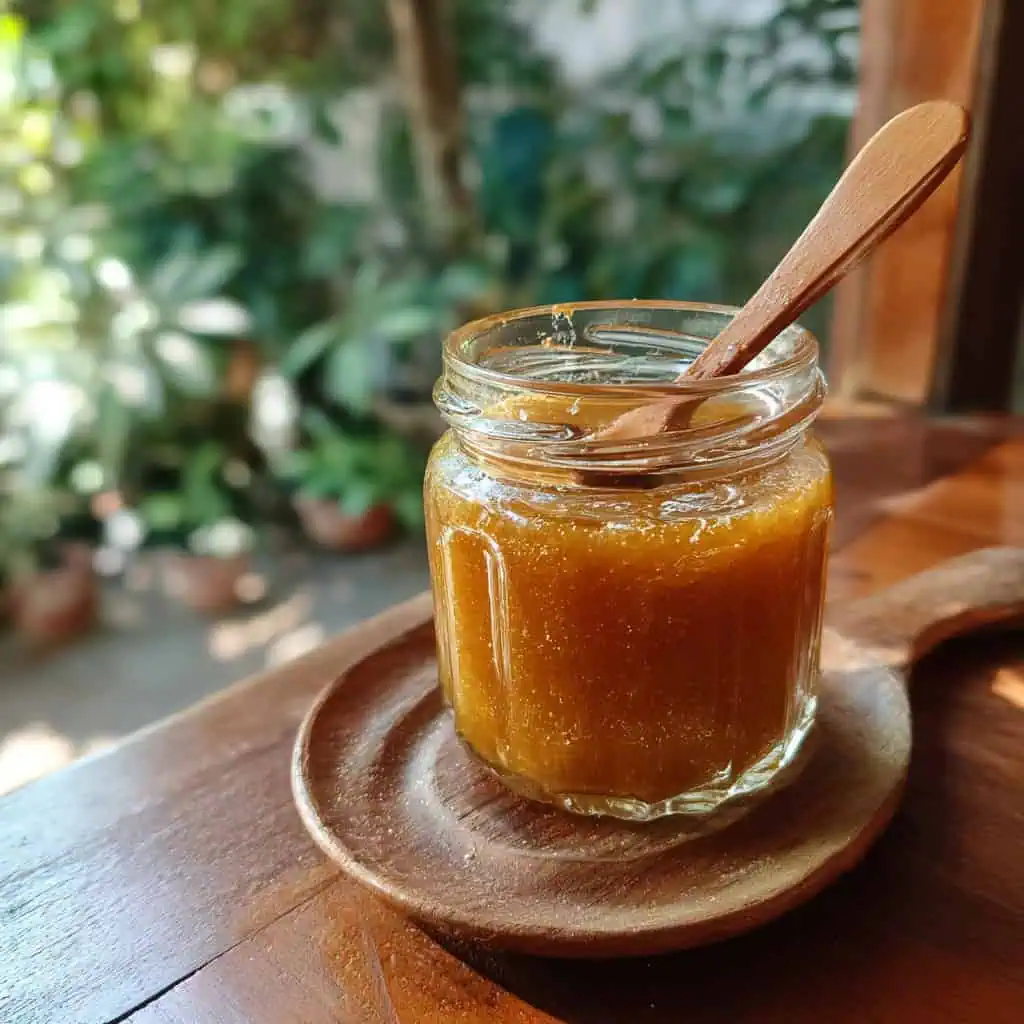
Why You'll Love This Recipe
This authentic Filipino Coco Jam is incredibly simple yet delivers rich, luxurious flavor that will transport you straight to the Philippines. With just two pantry-friendly ingredients and 35 minutes of your time, you'll have a creamy, caramel-colored jam that's perfect for spreading on bread, filling cakes, or enjoying with traditional Filipino desserts.
The natural sweetness from coconut sugar creates a deeper, more complex flavor than regular white sugar, while the coconut cream provides that silky, indulgent texture. Plus, it's naturally dairy-free and stores beautifully in the fridge for up to a month!
Ingredients
- 13.5 oz can coconut cream
- 1 cup coconut sugar (200g)
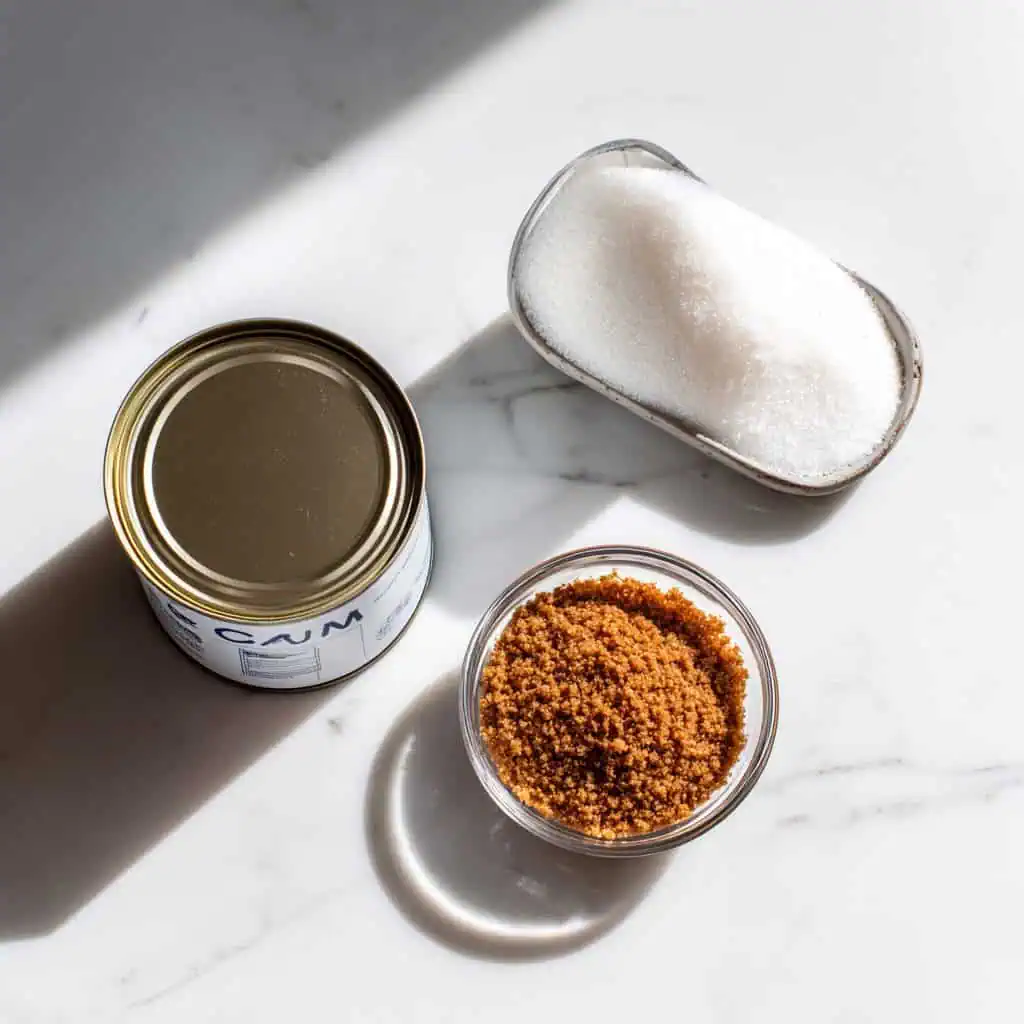
These two simple ingredients create magic when combined. Coconut cream provides the rich, creamy base that gives our jam its luxurious texture, while coconut sugar adds natural sweetness with subtle caramel notes that complement the coconut flavor beautifully.
The fiber content in coconut sugar also helps the jam thicken naturally, and its brown color creates that gorgeous golden hue that makes this jam so visually appealing.
Equipment
- Heavy-bottomed saucepan - Essential for even heat distribution to prevent burning and ensure smooth cooking throughout the process.
- Wooden spoon or heat-resistant spatula - Perfect for constant stirring without scratching your pan or melting from the heat.
- Small bowl for ice water test - Used to test if your jam has reached the proper consistency.
- Clean glass jar or bowl - For storing your finished jam safely in the refrigerator.
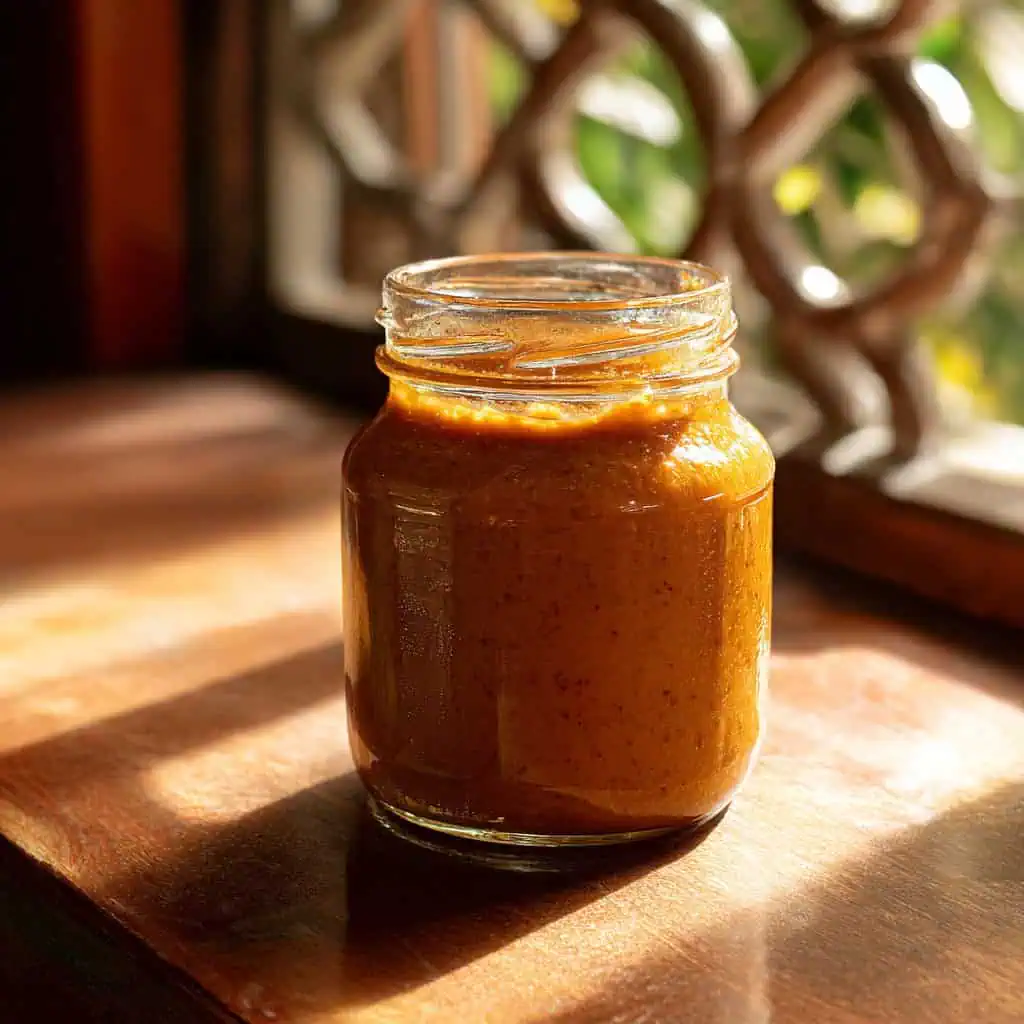
How To Make
- Pour the coconut cream and coconut sugar into your heavy-bottomed saucepan. Don't worry if you see chunks of solid coconut cream - this is completely normal and they'll melt once heated.
- Mix the ingredients together until roughly combined. The mixture will look chunky at first, but this will smooth out as it heats up and the coconut cream melts completely.
- Place the saucepan on your stove and turn the heat to high. Bring the mixture to a rapid boil, which should take about 5-6 minutes. You'll see bubbles forming actively across the surface.
- Once boiling, immediately reduce the heat to low. This is crucial for preventing burning while allowing the mixture to slowly thicken and develop its rich flavor.
- Continue cooking on low heat for about 35 minutes, stirring constantly. The mixture will gradually darken from light tan to a beautiful golden caramel color as it reduces and thickens.
- Test for doneness using the ice water method: drop a small amount of the jam into a bowl of ice water. If it holds its shape and doesn't immediately dissolve or spread, your jam is ready.
- Remove from heat and transfer the hot jam to a clean glass jar or bowl. Allow it to cool completely to room temperature before refrigerating.

Tips from Lola's Kitchen
- Never leave the jam unattended - I learned this the hard way when my first batch burned! Constant stirring is your best friend
- Use the lowest heat setting possible - Patience is key; rushing with high heat will give you burnt, bitter jam
- The color is your guide - Watch for that gorgeous golden caramel color to know you're on the right track
- Cool completely before tasting - The jam thickens significantly as it cools, so don't judge consistency while hot
- Make a double batch - This jam disappears fast in my house, so I always make extra now!
Substitutions
- Brown sugar instead of coconut sugar - Use the same amount, but your jam will be slightly less complex in flavor
- Muscovado sugar - Another excellent option that adds rich molasses notes
- Coconut milk instead of cream - Possible but will take 15-20 minutes longer to thicken properly
- Palm sugar - Traditional option that works beautifully if you can find it
Troubleshooting
- Jam won't thicken - Keep cooking longer on low heat; some brands of coconut cream have more water content
- Mixture is too thick - Add 1-2 tablespoons of coconut cream and stir until desired consistency
- Jam tastes burnt - Unfortunately, there's no saving burnt jam; start over with lower heat
- Lumpy texture - Completely normal due to fiber in coconut sugar; strain through fine mesh if you prefer smooth
- Jam crystallizes - This can happen if cooked too long; reheat gently with a splash of coconut cream
Storage & Reheating
- Refrigerator storage - Store in airtight container for up to 1 month
- Room temperature - Not recommended due to lack of preservatives; will spoil within 2-3 days
- Freezing - Freeze in small portions for up to 3 months; thaw overnight in fridge
- Reheating - Gently warm in microwave for 10-15 seconds or let come to room temperature naturally
- Consistency changes - Jam will firm up when cold; this is completely normal
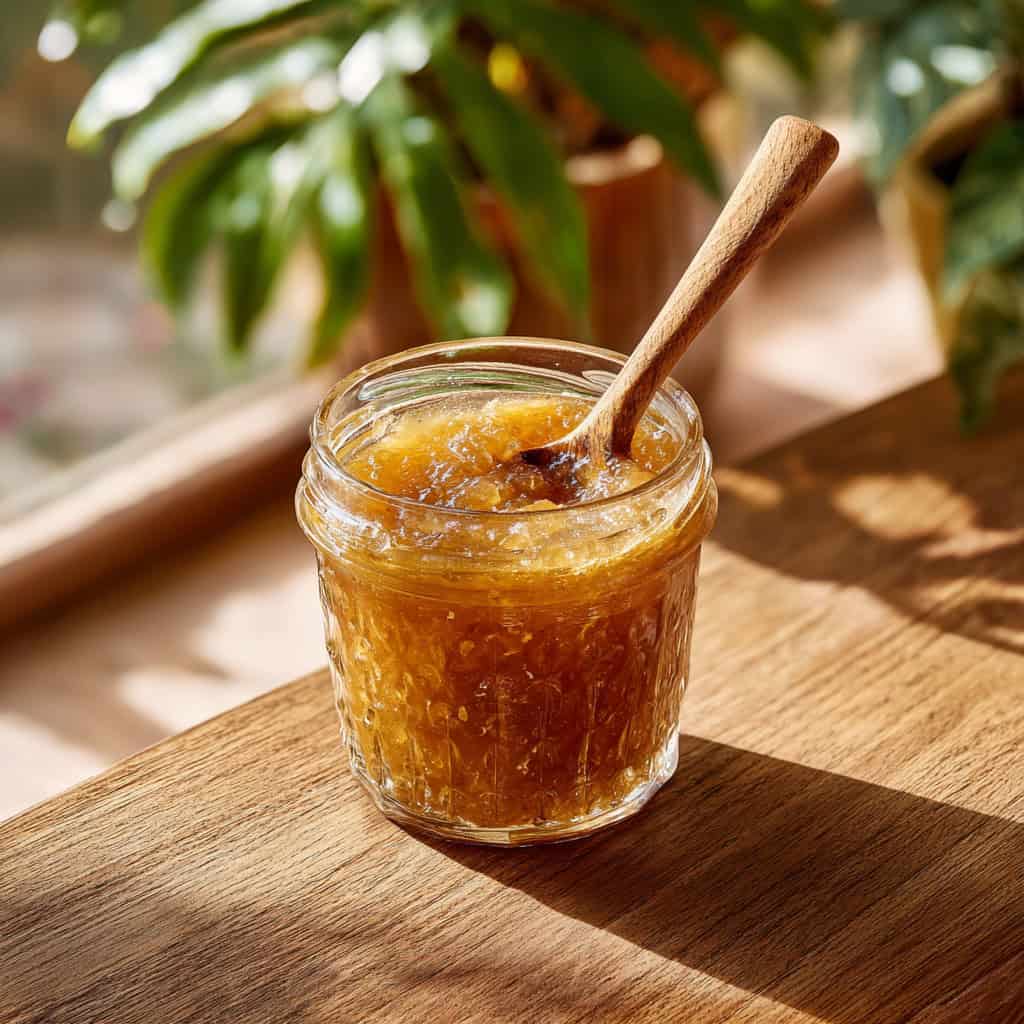
FAQ
Can I use light coconut milk?
Not recommended as it won't thicken properly; stick with full-fat coconut cream
Why is my jam grainy?
The natural fiber in coconut sugar creates slight texture; this is authentic and normal
How do I know when it's really done?
The ice water test is foolproof; the jam should hold its shape when dropped in cold water
Can I add vanilla or other flavors?
Traditional versions don't include extras, but a pinch of vanilla won't hurt
What's the difference between this and latik?
Soft latik and coco jam are essentially the same thing with regional name variations
Can I make this vegan?
It's already naturally vegan using coconut products and coconut sugar
How thick should the final product be?
Think peanut butter consistency when cooled; spreadable but not runny
Related
Looking for other recipes like this? Try these:

Coco Jam (Minatamis na Bao)
Ingredients
- 13.5 oz can coconut cream
- 1 cup coconut sugar 200g
Instructions
- Pour the coconut cream and coconut sugar into your heavy-bottomed saucepan. Don't worry if you see chunks of solid coconut cream - this is completely normal and they'll melt once heated.
- Mix the ingredients together until roughly combined. The mixture will look chunky at first, but this will smooth out as it heats up and the coconut cream melts completely.
- Place the saucepan on your stove and turn the heat to high. Bring the mixture to a rapid boil, which should take about 5-6 minutes. You'll see bubbles forming actively across the surface.
- Once boiling, immediately reduce the heat to low. This is crucial for preventing burning while allowing the mixture to slowly thicken and develop its rich flavor.
- Continue cooking on low heat for about 35 minutes, stirring constantly. The mixture will gradually darken from light tan to a beautiful golden caramel color as it reduces and thickens.
- Test for doneness using the ice water method: drop a small amount of the jam into a bowl of ice water. If it holds its shape and doesn't immediately dissolve or spread, your jam is ready.
- Remove from heat and transfer the hot jam to a clean glass jar or bowl. Allow it to cool completely to room temperature before refrigerating.
Tips from Lola's Kitchen
- Never leave the jam unattended - I learned this the hard way when my first batch burned! Constant stirring is your best friend
- Use the lowest heat setting possible - Patience is key; rushing with high heat will give you burnt, bitter jam
- The color is your guide - Watch for that gorgeous golden caramel color to know you're on the right track
- Cool completely before tasting - The jam thickens significantly as it cools, so don't judge consistency while hot
- Make a double batch - This jam disappears fast in my house, so I always make extra now!
The Story Behind Coco Jam
Coco jam, or "minatamis na bao" as it's known in the Philippines, has its roots deeply planted in Filipino culinary tradition spanning centuries. The name itself tells the story, minatamis" means "to make sweet" and "bao" refers to coconut, though it literally translates to coconut shell. This sweet coconut spread emerged from the practical need to preserve the abundant coconut harvest that blessed the Philippine archipelago year-round.
Long before refrigeration existed, Filipino families discovered that cooking fresh coconut cream with native palm sugar created a shelf-stable preserve that could last for weeks. This technique allowed them to enjoy the rich taste of coconut long after the fresh supply had been consumed. The slow cooking process not only preserved the coconut but transformed it into something even more delicious, a creamy, caramel-colored jam that became a household staple.
Regional variations of coco jam exist throughout the Philippines, each with its own local twist. In the Visayas region, this same preparation is often called "soft latik," which can confuse newcomers to Filipino cuisine since "latik" also refers to the crispy coconut curds used as a topping. The Luzon provinces, particularly in areas like Bataan and Laguna where coconuts grow abundantly, have perfected the art of making coco jam as a daily breakfast companion.
Traditional Filipino breakfast wouldn't be complete without freshly baked pandesal and a generous spread of homemade coco jam. This combination has nourished Filipino families for generations, providing the energy needed for long days of work while satisfying the Filipino palate's love for sweet flavors. The practice of making coco jam was typically passed down from grandmother to granddaughter, with each family guarding their own special techniques for achieving the perfect consistency and color.
Today, while commercial versions of coco jam are readily available in Filipino grocery stores and even internationally, many families still prefer the homemade version for its superior taste and the satisfaction of continuing this cherished culinary tradition. The beauty of authentic coco jam lies in its simplicity, just two ingredients transformed through patience and care into a spread that captures the essence of Filipino comfort food.
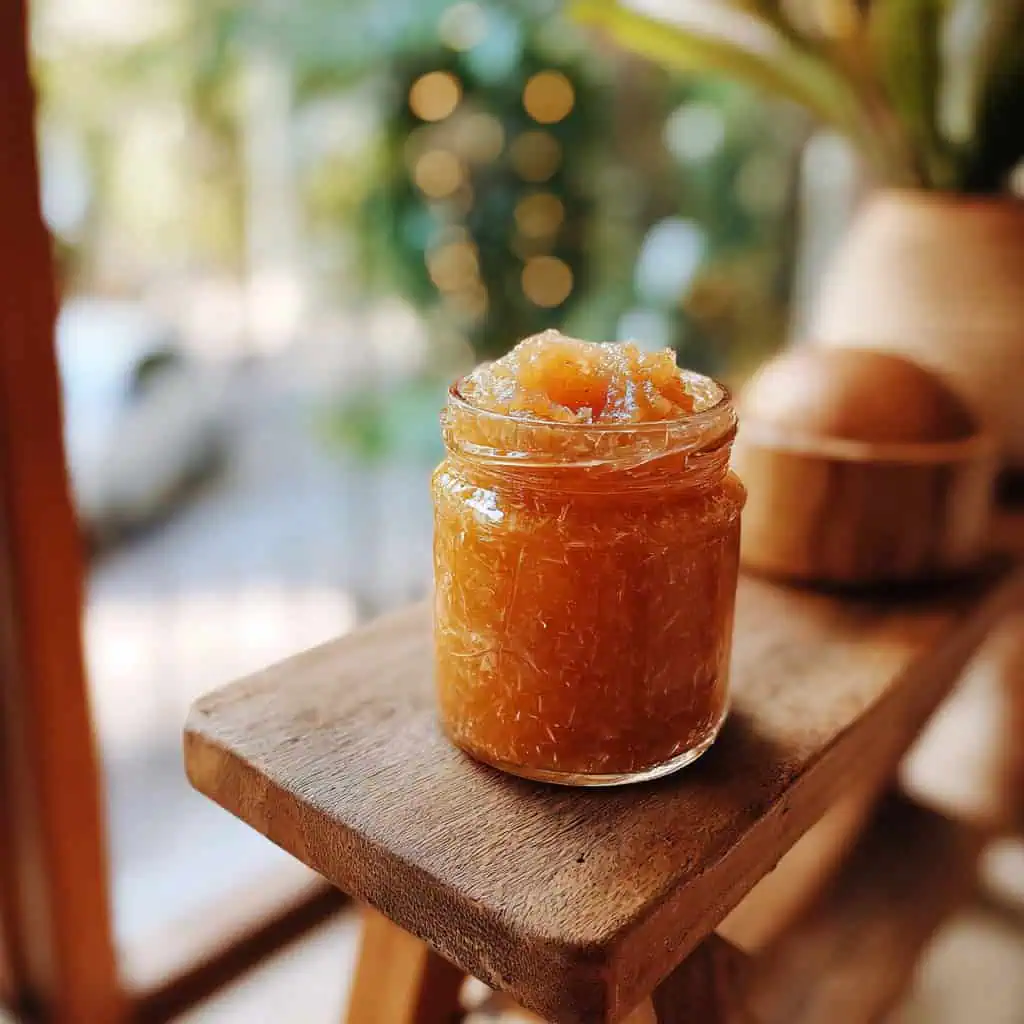






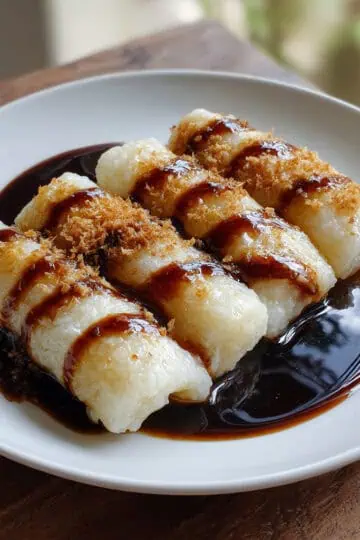


Comments
No Comments